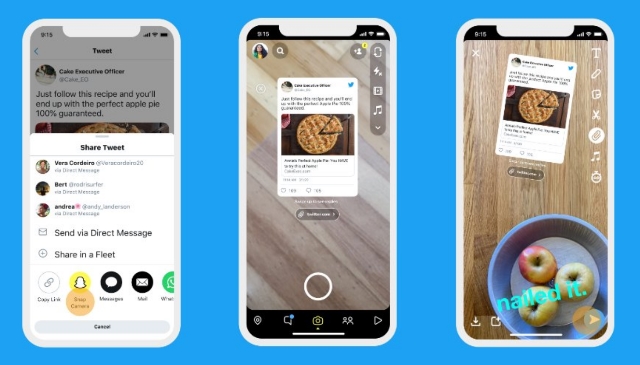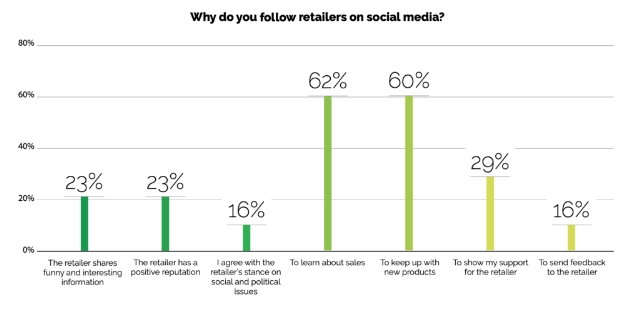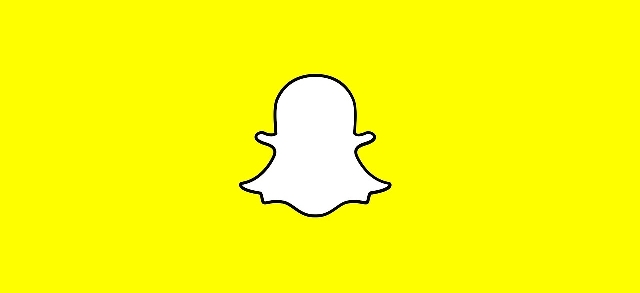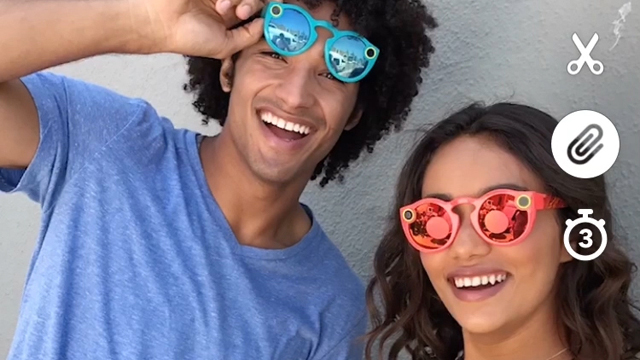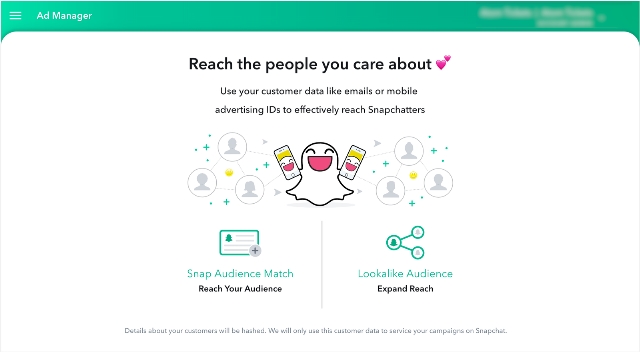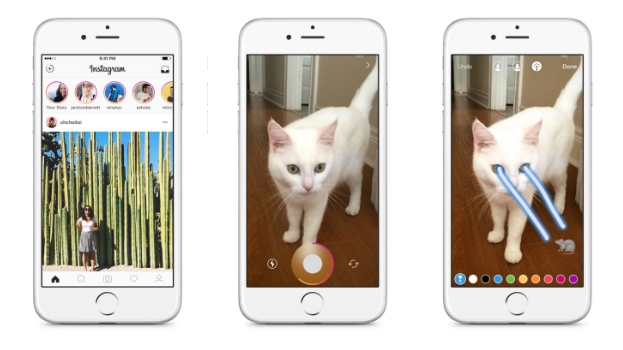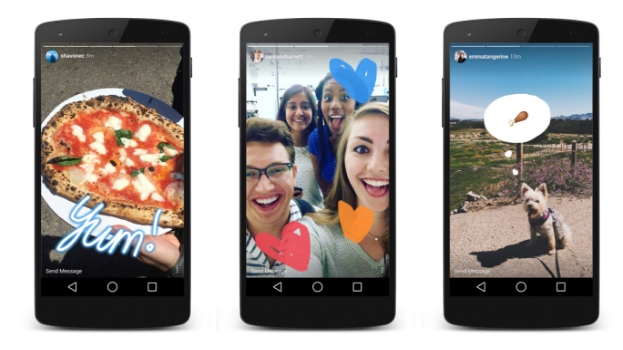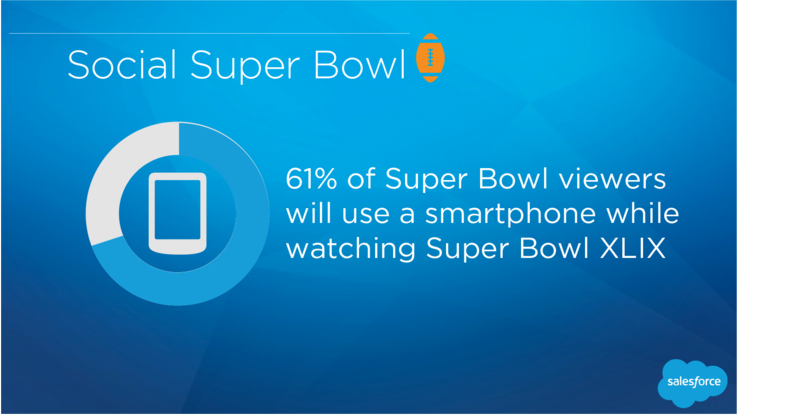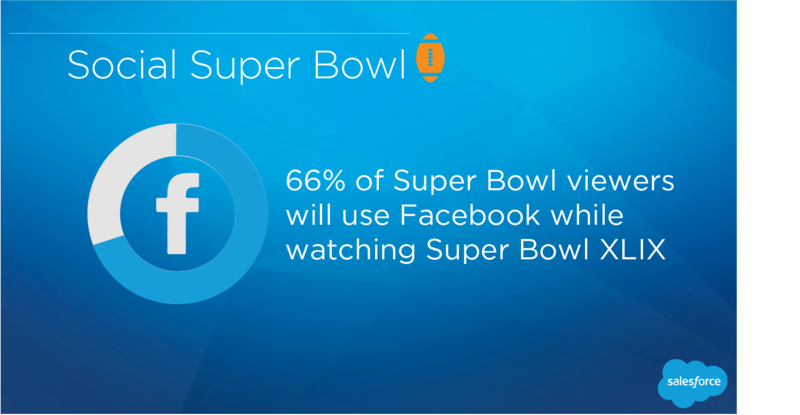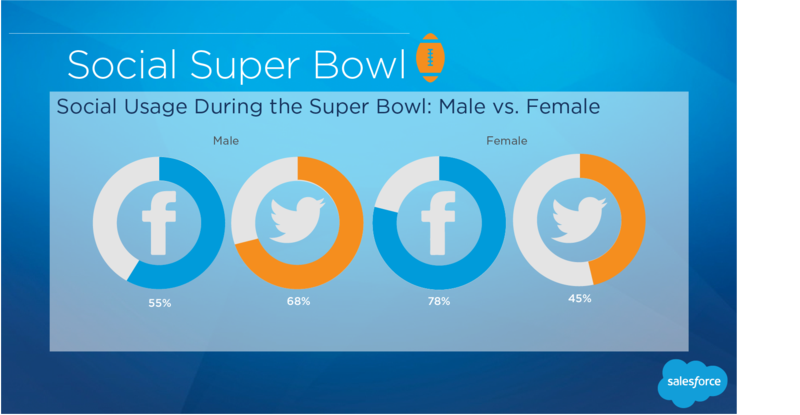Snapchat has exploded in popularity over the past few years, and now the company claims its content reaches over 70% of 13 to 24-year-olds across the countries making up more than half of all digital ad spend.
This reveal came as part of Snapchat’s first-ever investor day, this week.
Snapchat Details User Growth In Surprising Demographics
As The Wall Street Journal reports, Snapchat unveiled several key statistics to shareholders.
Broadly, the company says the “Snapchat Generation” includes up to 40% of consumers around the world.
Despite the perception that the social network’s users are overwhelmingly young, Snapchat also says approximately 80% of its audience is over the age of 18. Based on this level of growth with new audiences, the company believes it will see 50% annual growth in revenue every year for the foreseeable future.
Although most of the information provided focused on big-picture statistics like revenue and audience growth, the shareholder presentation did disclose a few more specific details about how users are interacting with the app. Specifically, they said that Snapchat users open the app 30 times a day on average, every day.
Additionally, the company shared that users who try AR filters to try on products are 2.4 times more likely to convert, implying an interest in further investing in this area.
The Future of Snapchat Advertising
One of the main ways Snapchat aims to meet its goal of 50% YoY revenue growth is by continuing to expand its advertising platform.
In its current state, Snapchat’s revenue largely comes from the standard vertical video ads which appear between Stories. However, increasing the number of these ads could drive away users.
Instead of increasing the number of vertical video ads, Snapchat says it plans to find new areas of the app which can be monetized, including placing ads in the Snap Map and Spotlight sections.
With over 35 million businesses already present on the Snap Map, Snap Inc.’s chief business officer, Jeremi Gorman, believes they will see massive interest when rolling out ads in this area of the app.
Driven by the existing success of AR filters, Snapchat also plans to incorporate new augmented reality features and AR-based ad options.
Perhaps most importantly for smaller brands who can’t work directly with Snapchat for the more customized ad options (such as AR or custom filters), the company also says it will be investing in more comprehensive and easier to use tools to buy and run ads through its self-service ad platform.
This means smaller brands will potentially be able to get their hands on some of the more effective and exciting ad options which have only been available to a select few brands on the platform in the past.
Overall, the presentation from the company gives a very optimistic view for the future. With its user-base beginning to age into adulthood, Snapchat is positioned to directly connect brands with some of the most active and engaged users on any social platform out there.

